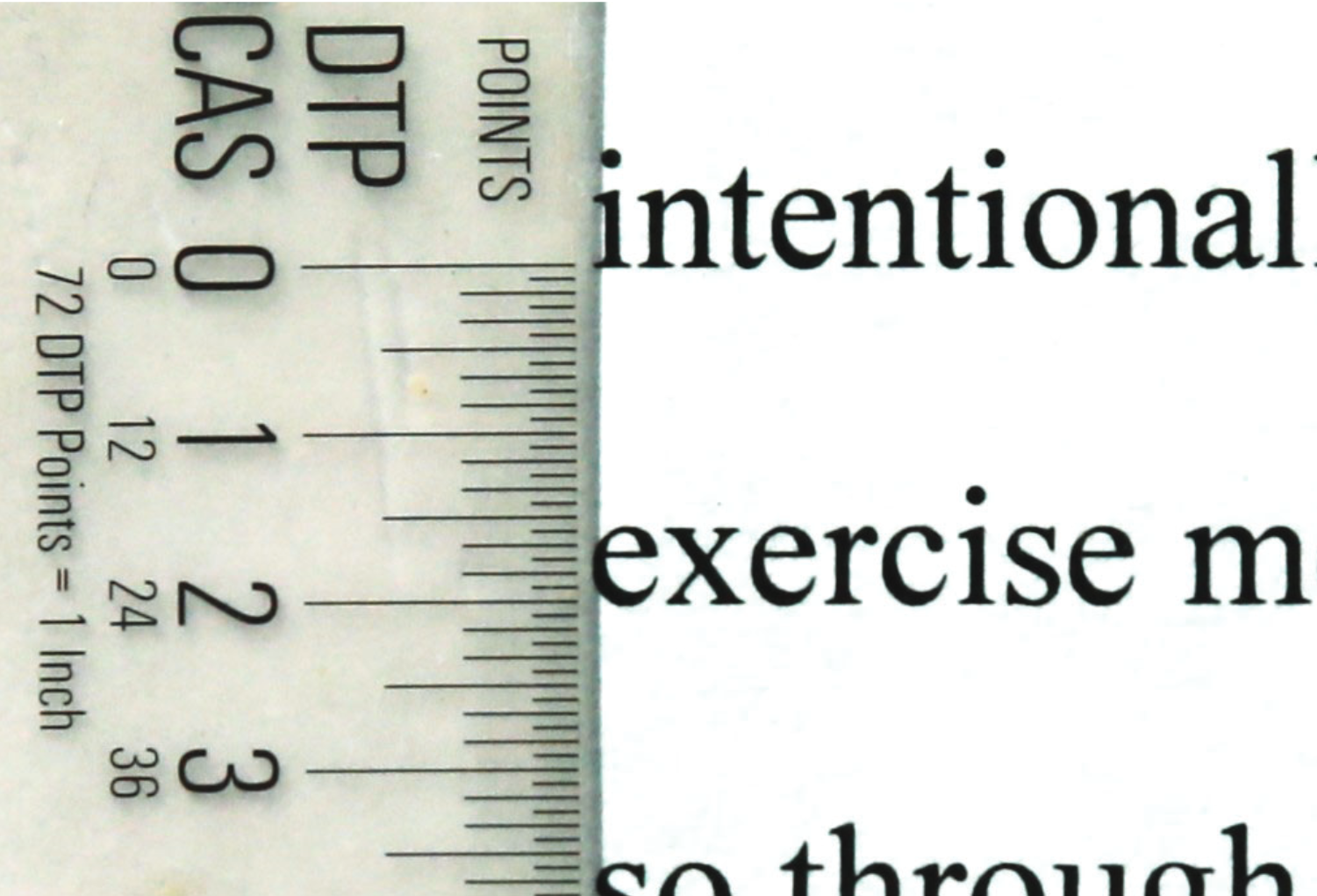
Jones v. Bain Capital is a civil case against the Varsity brand (and its owners Bain Capital) on antitrust grounds. The case is still going as different parts of the discovery process get argued.
But the fun really started when the defendants (Bain Capital) filed a motion in the court to argue that the plaintiffs (Jones) were not properly double-spacing their documents. Instead of using the 28 points of spacing (which is the default in Microsoft Word) the plaintiffs apparently used 24 points of spacing ( which is literally double the space occupied by the required 12-point font). The defendants argued that this gives an unfair advantage because it effectively allows the plaintiffs to add 24 pages of words within the same page limit. To make this fair, the defendants asked to be allowed to file more pages and for more time.
Plaintiffs respond by hiring a guy as an expert witness who might be specifically designed for this court case: Matthew Butterick. My man has a Visual Design degree from Harvard and a Law degree from UCLA. He literally wrote a book called Typography for Lawyers.
With the assistance of Butterick, the plaintiffs filed a 12-page response opposing the motion (which the judge later described as overkill). And it’s very convincing.
First, they argue that “double spacing” has historical meaning (derived from typewriters where double spacing was literally just double the size of the font) which also matches the common sense interpretation of the words “double space”.
Second, they point out that Microsoft itself isn’t consistent with its “double space” setting. Microsoft changed how much space the “double space” setting provided in Word 2007 showing that this is not a fixed standard. The spacing can even change between different fonts in Microsoft Word. They also point out that it would be unfair for a court to require specific proprietary software to be used for typesetting.
Finally, the plaintiffs pointed out that the defendants themselves filed some documents that used the 24-point spacing! They also hint that the defendants are only raising this now since they needed to request more time for their filing and couldn’t come up with any other reason to get an extension.
Even though they took 12 pages and 6 exhibits to make their case, they at least seemed to see the ridiculousness of the whole thing as they say: “Plaintiffs submit that the energy of the parties, and the Court, is far better spent on other endeavors.”
The court shared its opinion a couple of weeks later dismissing the initial motion. Although it stops short of taking a stance on the definition of “double space”, it does find that 24-point space did not violate any rules. Outdoing the plaintiff’s filing, it ends with an even better description of the ridiculousness:
The Court further notes that the last thing any party needs is more words on a page. The length of an argument is no guarantee of its success, and indeed could result in more confusion, not clarity. Moving forward, the Parties are encouraged to spend their valuable time focusing on the merits of this case, and certainly not figuring out how many sometimes-useless words will fit on a page.
Sometimes-useless words!